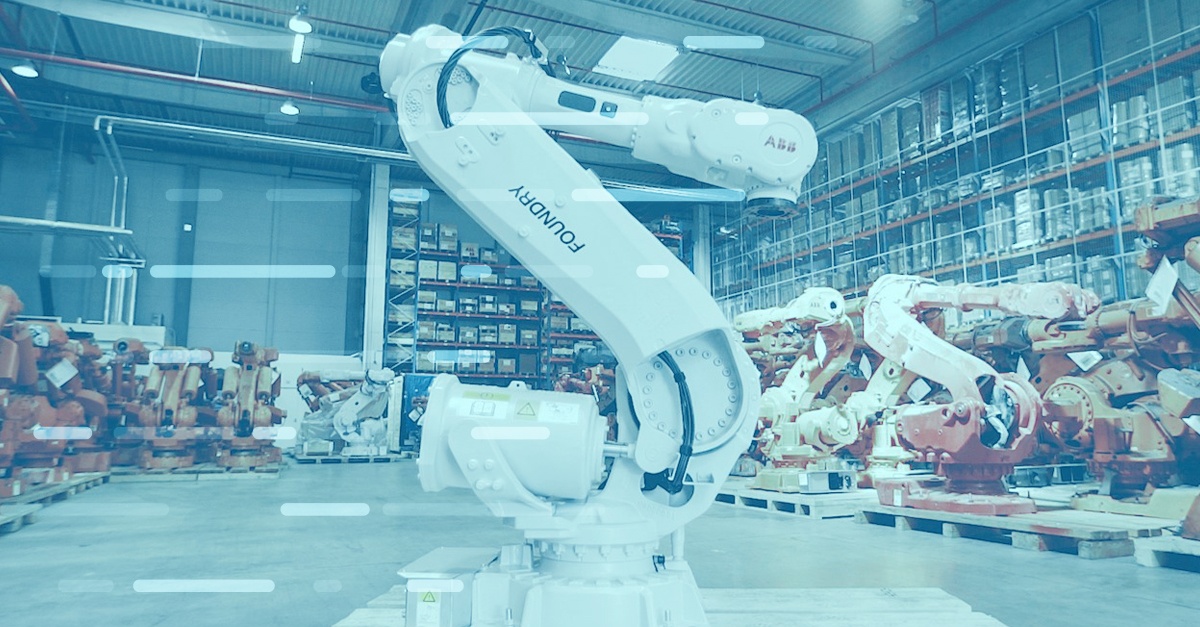Business wide benefits from data-driven decisions
ABB and Swiss Re are benefiting customers and improving business processes with data and analytics.
Robotics, clean energy, risk and digital media all have one thing in common - they rely on accurate decision making to be successful. At stake are safety, sustainability, accuracy and speed. Data leaders at ABB, the world's leading electrical systems and robots makers, Swiss Re insurance and media firm NZZ are at the forefront of improving their organisations' decision-making through accurate and wider access to data.
Data must provide three things; deliver insight, be in context and measure impact; according to Mircea Zamfir, Group Vice President, Analytics at ABB." Having the right access to data all the time and then a platform to distribute it globally," has been instrumental for ABB, a manufacturer of factory robots and electricity network devices.
To improve decision making, all three organisations have connected the collection, analysis and distribution of data to business outcomes. "In developing our dashboards, we began with understanding the personas of the users, whether that be the CEO or an underwriter," explains Ueli Konrad, Product Manager, Magnum Data Insights at Swiss Re, the insurance underwriting business. Konrad deployed Tableau as part of a major overhaul of data and analytics at Swiss Re for the Magnum service. Magnum is an underwriting data and analytics platform that insurance brokers subscribe to as partners to Swiss Re. Konrad says Magnum is a white label Tableau product.
"We did have a legacy system that was built in-house and used an Oracle private cloud. The user interface (UI) was not interactive, and it turned you away," he says, adding that Magnum users were unable to drill down to what the client wanted; as a result, usage was low.
"A lot of people want analytics, but how do we harness the benefits?"
Zamfir at ABB says, describing how businesses fall into the trap of providing analytics without questioning how it will benefit the business. His team was initially part of the audit organisation within ABB, but through delivering constant value, it has become a stand-alone global team that is made up of economists, lawyers, data and computing experts. Lukas Lusher, data analyst for NZZ, one of Switzerland's oldest, and most important, media firms, agrees: "I collaborate with our stakeholders across the entire data journey from the first questions to the delivery of the report, and we use Tableau across that entire journey."
"We have boards that meet with the business areas from procurement, to product and finance, for example," Zamfir says, describing how regularly checking in with the end-user community helps to understand their data requirements and how his team can refine their offering. Zamfir says it is vital that the organisation: "Understand the value of analytics and how we bring success to the business." He adds that his team has matured from being just part of the audit process to now being seen as essential to the business’s revenue generation targets.
Both ABB and Swiss Re are using Agile working methods to ensure end-users are involved in the development of analytics processes. "We do a prototype, a minimum viable product (MVP) for at least a month, and then if it is working, we scale it out globally," Zamfir says. The ABB data leader adds that the business lines fund the prototypes and final development of his team's work. Konrad at Swiss Re agrees and adds that the Tableau platform has enabled his team to develop analytics reports quickly, and the interactivity of the platform has benefited the end-user.

Driving automation
"Once the information is captured, the system then automatically decides on the application - where we accept, reject or there is a requirement for increased loading, so a higher price for the applicant to cover the risk," Konrad at Swiss Re explains describing how the Magnum service has automated key areas of the reinsurance process. "There is a third element, which is moving the risk to a human underwriter. At Swiss Re we want to reduce the third element. Automation makes underwriting cheaper and faster." He adds that Magnum uses 30,000 rules to make its automated decisions.
"A by-product of this is that you have a lot of structured data that feeds the analytics," Konrad says, explaining how increased automation deepens the volumes and quality of data that Swiss Re has available. Automation not only benefits Swiss Re; Konrad explains that automation has reduced the cost to the customers of Magnum.
"Automation decreases the role of medical evidence demands (asking an applicant to provide a medical certificate or evidence, for example) through the use of data," he says. This ultimately benefits the end customer through lower insurance prices. At media firm NZZ, Luscher says automation has enabled the business to increase the number of online newsletters it offers customers. Many of its 29 newsletters are now generated by algorithms that utilise the Tableau data that Luscher's team have captured.

Business outcomes
"Being able to distribute online to everyone in the business is very powerful," Zamfir at ABB says, describing how analytics has become part of the regular flow of business outcomes at the maker of factory robots and electric vehicle charging points. One example Zamfir shares is the use of data to target duplicate payments; now his team is working on revenue optimisation models for the robotics and electrification arms of the business. "To do that, you have to understand the customer, so we have created customer clusters. This has helped us understand how we bring value to the customer, and then you can look at the customer in different types of groups."
ABB is also using its analytics to understand its competitors. Using public data and robotic process automation (RPA), ABB is comparing data on stock availability and pricing to its own data on these two parameters. This allows ABB to understand where it is competitive and where issues of stock control impact the business. "In the next two years, we want to develop a platform to help the business improve its margins," Zamfir says. At Swiss Re, Konrad says there is an improved customer journey for organisations using the Magnum platform. In addition, the underwriters have a dashboard to improve their decision making. "The underwriters can see what in the process is triggering a referral," he says.
Organisations that are able to focus on decision making rather than repetitive processes are in a position to assess and analyse their vertical market and coordinate their response to challenges and opportunities. When up-to-date and accurate data inform decision making, the organisation can be assured that its decision-makers have the tools to navigate the business effectively.


